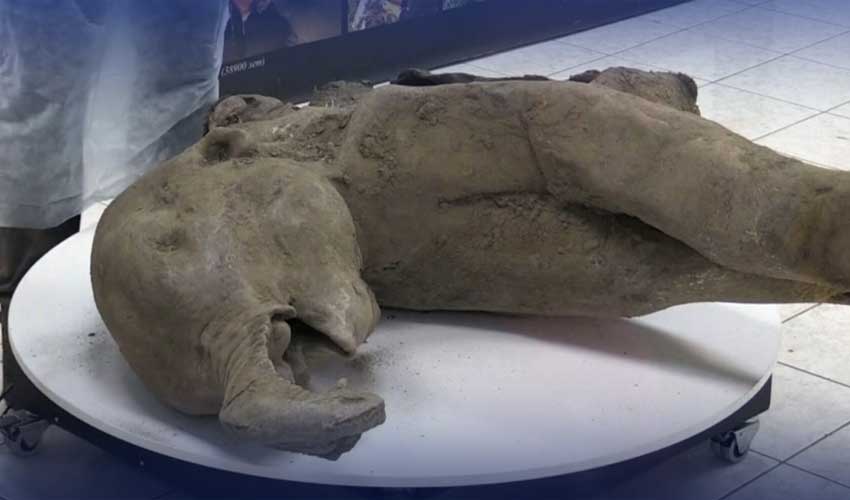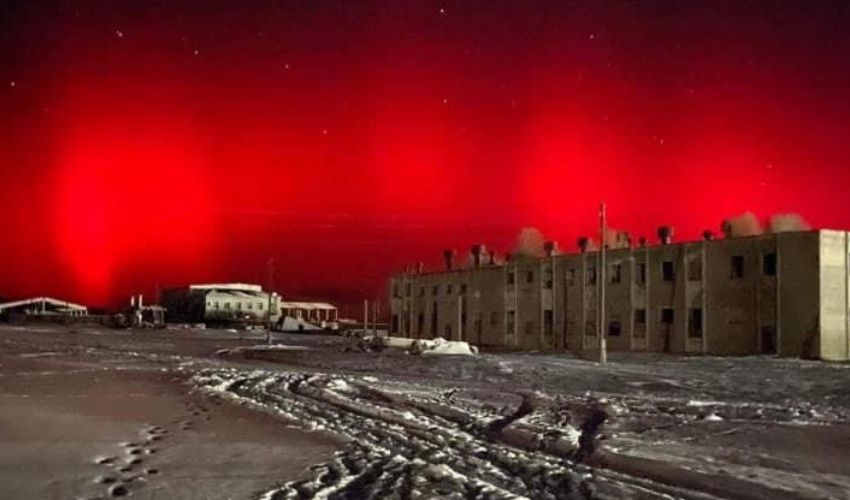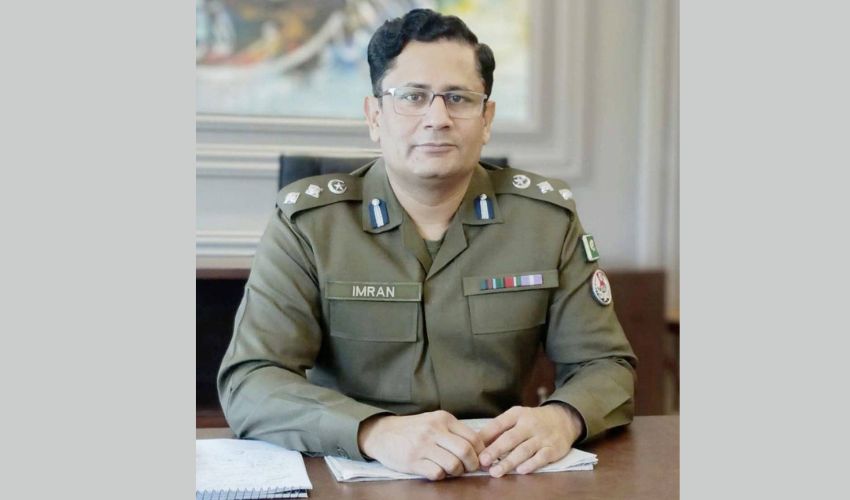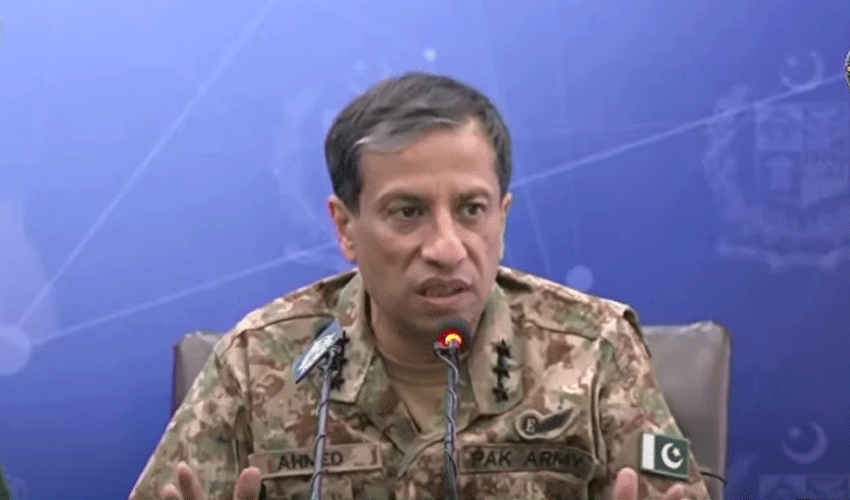In an awe-inspiring display of space exploration, India’s prestigious space agency, the Indian Space Research Organization (ISRO), has achieved another remarkable feat.
On Saturday, they celebrated the triumphant launch of a rocket, marking India’s debut foray into solar missions. This pioneering mission, christened Aditya-L1, derives its name from the Hindi word for the sun.
The rocket’s majestic ascent was captured in real-time on the ISRO website, drawing a live audience of nearly 500,000 viewers. Meanwhile, thousands gathered at a nearby viewing gallery, eagerly awaiting the momentous launch of this ambitious probe.
At its core, the Aditya-L1 mission holds a critical objective: to study solar winds, those enigmatic forces that can create dazzling disturbances on our planet, often manifesting as the mesmerizing auroras. Unraveling the mysteries of these solar winds is not only of scientific significance but also holds practical importance.
The Aditya-L1 spacecraft is engineered for an extraordinary journey, covering a staggering distance of approximately 1.5 million kilometers (equivalent to 930,000 miles) over a span of four months. Its destination is a unique celestial parking spot known as a Lagrange Point.
These Lagrange Points are special zones in space where gravitational forces reach a delicate equilibrium, allowing objects to remain remarkably stable. This strategic positioning significantly reduces the spacecraft’s fuel consumption, ensuring efficient operation.
Excitement among scientists and space enthusiasts alike is palpable as they anticipate the mission’s potential for groundbreaking scientific discoveries. One of the prominent voices in this excitement is Somak Raychaudhury, who played a role in developing key components of the observatory.
Raychaudhury underscores the mission’s paramount significance, especially in the context of safeguarding satellites orbiting our planet. Solar energy particles emitted by the sun have the potential to disrupt satellites in low Earth orbit, thereby impacting global communication networks.
As the number of satellites in Earth’s orbit continues to soar, Aditya-L1’s mission becomes even more critical. It seeks to investigate the ramifications of solar radiation on these satellites, a concern that gains prominence with the expansion of private space initiatives, exemplified by Elon Musk’s SpaceX and its Starlink communications network.
Rama Rao Nidamanuri, the head of the department of earth and space sciences at the Indian Institute of Space Science and Technology, underlines the mission’s importance in the context of the ever-increasing satellite presence in low Earth orbit.
In the long term, data gathered from the Aditya-L1 mission holds the promise of deepening our comprehension of the sun’s influence on Earth’s climate patterns and the enigmatic origins of solar wind—a continuous stream of particles emitted by the sun and traversing through our solar system.
Indian Premier Narendra Modi’s vision has been instrumental in propelling India’s space ambitions. With India actively privatizing space launches and seeking foreign investments, it aims to exponentially expand its share of the global launch market, aiming for a five-fold increase within the next decade.
As space exploration transforms into a burgeoning global industry, ISRO’s trailblazing accomplishments continue to underscore India’s prowess in this domain, firmly establishing it as a pivotal player on the global space exploration stage.



























